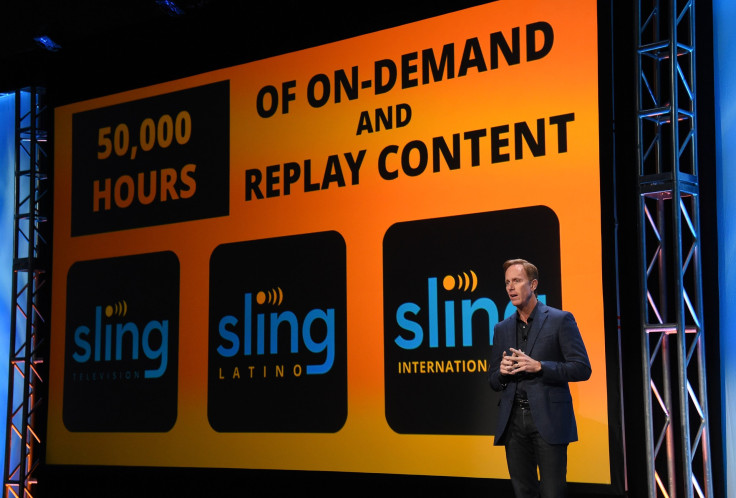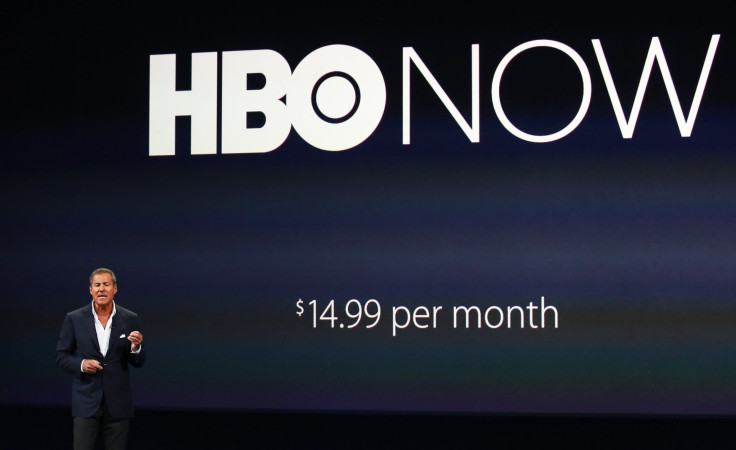The Sling TV Dilemma: Why Aren't More Cord-Cutters Flocking To Streaming Services?

From all the hullabaloo in certain corners of the internet, you might think there were tens of millions of people just waiting to give HBO or AMC fistfuls of money to watch their shows in real time without having a cable subscription. But more than a year after the release of Sling TV — Dish Network’s internet TV service — the revolution is slow going, and not just for Sling.
In fact, we now have a reasonably comprehensive view of this “over-the-top” market: HBO Now, which launched in April 2015, has 800,000 subscribers, per HBO President Richard Plepler. Sling TV, which is essentially a small cablelike bundle and includes live ESPN and AMC, has somewhere between 500,000 and 600,000, depending on which analyst you ask. CBS All Access, which launched in 2014, is estimated to have 500,000.
Those numbers “aren’t unimpressive,” says Bruce Leichtman, president of Leichtman Research Group. Sling’s half-million base even exceeded Leichtman’s initial expectations. “You have to keep in mind that HBO Now and Sling are both in their first year of existence,” he added.
Keeping that in mind, they also aren’t enough to support the wildly popular narrative of rampant cord-cutting. Sling, HBO Now and others of that ilk clearly aren’t cannibalizing the pay-TV customer base. Even with all these services, most pay-TV companies had strong fourth-quarter subscriber growth. (The exception? Sling's parent company, Dish, which is seeing its pay-TV losses accelerate.)
There are a few reasons we aren’t seeing millions of consumers abandoning their cable providers for these services, according to Leichtman. The biggest is that the actual pool of potential customers is not all 124.6 million American households, but rather the 15 million homes that have broadband internet service but don’t pay for some kind of traditional TV package.
“If you pay for cable, you have absolutely no reason whatsoever to subscribe to HBO Now instead of HBO, with which you get HBO Go, which is the same thing as HBO Now,” he says.

There’s also the matter of cost. It’s not that the services are too expensive; rather, because they’re low-cost alternatives, they suffer from high churn rates, which places a ceiling on growth. “It’s the same phenomenon we’ve been seeing for the last 20 years,” Leichtman says. “When people see a bill, they make that decision each month and say, ‘Is this worth it?’”
One factor that pushes people to decide a service is worth it, ironically, is password-sharing. “If you’re sharing your password with others outside of your household, you’re less likely to get rid of the service,” Leichtman says. In a survey he conducted in 2015, Leichtman found that about 19 percent of Netflix subscribers said they shared their subscription with someone they didn’t live with.
However, while that’s an incentive to stick around, it also discourages share-ees from signing up on their own, creating a catch-22 for companies like HBO, which like the idea of as many people being exposed to their product as possible but also enjoy making money.
Sling, unlike many streaming services, only allows one user at a time, and so Dish doesn’t have to worry about subscription cannibalism. But the service is targeted toward a very specific demographic, says Leichtman, further limiting its reach: single men in metropolitan markets. “It allows people to dabble,” Leichtman says. “It’s an entry-level package.” As such, it’s more prone to churn, as Sling TV CEO Roger Lynch noted himself in Dish Network’s earnings call Thursday.
Finally, HBO Now, Sling, All Access and others are more niche services, compared to kitchen-sink juggernauts like Netflix, Amazon Prime and Hulu. Even those giants, though, are unlikely to have the same reach as traditional pay-TV companies. Netflix, which ended 2015 with 44.3 million U.S. customers, is seeing a slowdown of domestic subscriber growth.
For Leichtman, the lesson from all this for the TV industry is clear: “Nothing’s a slam dunk.”
© Copyright IBTimes 2024. All rights reserved.






















